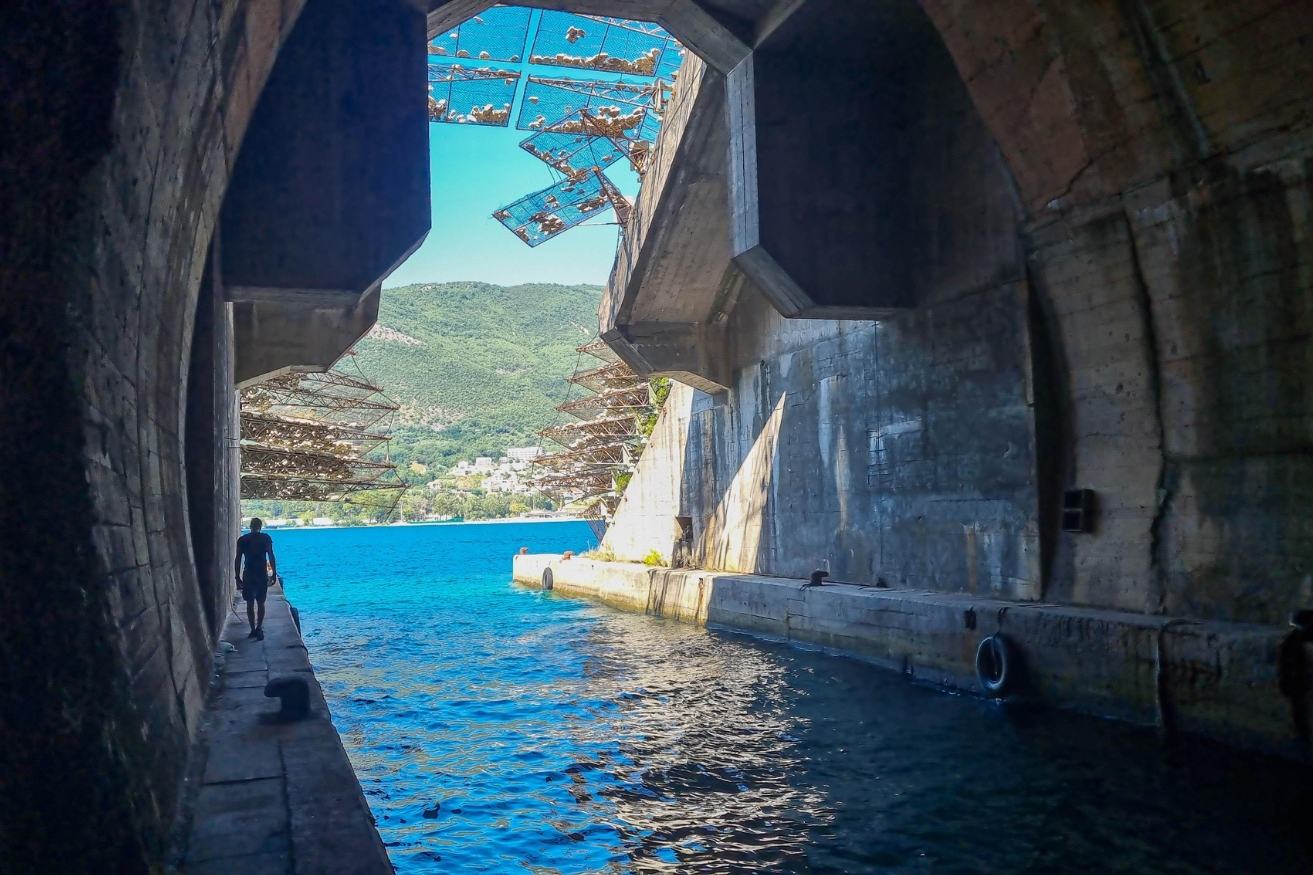Shadows Of The Submariners: Hidden Cold War Bunkers

Have you ever thought about what lies beneath the surface of our world? Hidden away, Cold War bunkers tell stories of a time when tensions ran high and nations prepared for the unthinkable. These secretive spots, often buried underground, served as safe havens during a period of uncertainty. Today, they offer a unique glimpse into history, drawing curious travelers eager to step back in time. From the eerie silence of abandoned missile silos to the intricate tunnels of command centers, these bunkers reveal the lengths to which countries went to protect themselves. Visiting these sites is like opening a time capsule, where every corner holds a piece of the past. Whether you're a history buff or just curious, exploring these bunkers offers a thrilling adventure into the shadows of the Cold War era.
Exploring Hidden Cold War Bunkers
During the Cold War, nations built secret bunkers to protect against nuclear threats. These hidden places now offer a glimpse into a tense period of history. Let's uncover some of these fascinating sites.
1. Burlington Bunker, UK
Deep beneath the English countryside lies Burlington Bunker. This massive underground city was designed to house the British government in case of nuclear war. With over 60 miles of tunnels, it had everything needed for survival, including a BBC studio and a hospital.
2. Greenbrier Bunker, USA
Hidden beneath the luxurious Greenbrier Resort in West Virginia, this bunker was meant to shelter the U.S. Congress. Built in the 1950s, it remained a secret for over 30 years. Today, visitors can tour the facility and see its blast doors, decontamination chambers, and more.
3. Diefenbunker, Canada
Named after Prime Minister John Diefenbaker, the Diefenbunker is a four-story underground complex near Ottawa. It was built to protect Canadian leaders during a nuclear attack. Now a museum, it offers a chilling look at Cold War life with its war rooms, living quarters, and communication centers.
4. Bunker-42, Russia
Located 65 meters below Moscow, Bunker-42 was a top-secret Soviet command post. This massive facility could withstand a direct nuclear hit. Today, it's a museum where visitors can experience Cold War-era technology and even participate in a simulated nuclear attack.
5. Hotel des Invalides, France
Beneath the streets of Paris, the Hotel des Invalides hides a Cold War bunker. Built to protect French leaders, it remains largely unchanged since its construction. Tours reveal its communication equipment, living spaces, and the eerie silence of its long-abandoned halls.
6. Albanian Bunkers
Albania is dotted with thousands of small bunkers, a legacy of its paranoid dictator, Enver Hoxha. These concrete domes were meant to protect citizens from invasion. While many are abandoned, some have been repurposed into cafes, museums, and even homes.
7. Riese Complex, Poland
In the Owl Mountains, the Riese Complex is a network of tunnels and bunkers built by the Nazis during World War II. Later used during the Cold War, its purpose remains a mystery. Visitors can explore its dark corridors and learn about its enigmatic history.
8. Swiss Bunkers
Switzerland is famous for its extensive network of bunkers. During the Cold War, every Swiss citizen had a place in one. Many are still maintained, while others have been converted into data centers or wine cellars. These bunkers reflect Switzerland's commitment to neutrality and preparedness.
9. Yugoslavian Underground Airbase, Bosnia
Hidden in a mountain, the Željava Airbase was one of the largest underground military facilities in Europe. Built by Yugoslavia, it could withstand a nuclear strike. Though abandoned, its massive tunnels and hangars remain a testament to Cold War engineering.
10. Czech Republic's Nuclear Shelter
Beneath Prague, the K-116 nuclear shelter was designed to protect the city's leaders. Built during the Cold War, it features blast doors, air filtration systems, and living quarters. Today, it serves as a museum, offering a glimpse into life during a time of fear and uncertainty.
Discovering History Beneath Our Feet
Exploring Cold War bunkers offers a unique glimpse into a tense period of history. These hidden structures, often tucked away in unexpected places, reveal stories of strategy, survival, and secrecy. Visiting these sites, like the bunkers in Berlin or the underground shelters in Moscow, allows you to step back in time and understand the global tensions that shaped the modern world. Each bunker has its own tale, from the technology used to the people who built and occupied them. As you walk through these silent corridors, imagine the lives of those who once stood ready for conflict. Whether you're a history buff or just curious, these bunkers provide a fascinating look at a world on the brink of war. So next time you travel, consider adding a Cold War bunker to your itinerary for a truly memorable experience.

